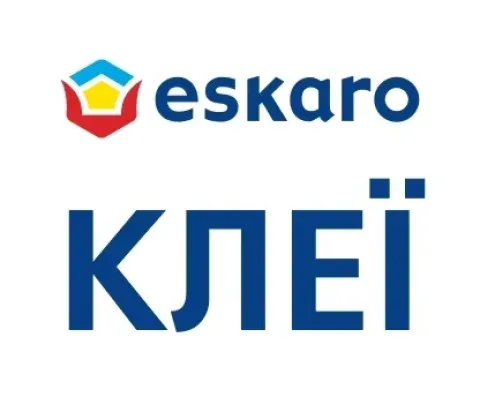
Compliance with the requirements of the standard
“Our products meet the requirements of international standards” is a phrase that you have probably heard many times from representatives of various companies. This phrase, as these representatives believe, should inspire confidence in the buyer in the proposed product and entice him to buy it. What does it really mean for the consumer of the product that the manufacturer of this product complies with the requirements of any (including “international”) standards?
In practice, the consequences of applying standards are the establishment of general principles for managing product production and controlling its quality. When purchasing products manufactured according to a certain standard, the consumer can count on interchangeable and compatible products. Quality indicators and other characteristics determined by the standard will correspond to the reference sample of the product.
Let us dwell on the example of standards for paint and varnish products. Thus, one of the important decorative indicators of paint is the degree of its gloss. You have all heard of matte, silky-matte, silky-gloss, satin, glossy, etc. paints. In the imagination of each person, such characteristics of paint gloss are reflected differently. And, as a result, the expected appearance of the final decorative coating will be different for everyone. But thanks to standardization (a certain standard), we have a clear definition for each of the gloss levels, and therefore the justification of hopes for the gloss of the future paint and varnish coating.
The international standard DIN EN 13300 is one of the most important standards for water-dispersion paint and varnish materials for interior work. References to this standard can be found on the labels of many paints and varnishes. The DIN EN 13300 standard classifies paint and varnish materials according to such important indicators as gloss level, resistance to wet abrasion, and coverage class. So, the classification of paint and varnish materials according to the DIN EN 13300 standard is determined by the following indicators: · Gloss level. This indicator is based on the values of specular gloss at an angle of 60° or 85°, as shown in the figure and indicated in the table. Gloss level measurements are performed using a special device – a gloss meter.


Degree of gloss
| Measurement angle | Shine |
| Glossy | 60° | ≥60 |
| Medium gloss * | 60° 85° | <60 ≥10 |
| Matte | 85° | <10 |
| Deep matte | 85° | <5 |
* If the measured gloss value falls within the range of the “medium gloss” indicator, then the name (definition) of the gloss of the paint and varnish material may be, for example: “semi-gloss”, “semi-matt”, “satin”, “silky-matt” or something else. Such names of gloss of the paint and varnish material may be determined by the national standards for paint and varnish materials of a particular country. ·
Resistance to wet abrasion. Resistance to wet abrasion is an assessment of the resistance of a paint and varnish coating to repeated wet cleaning. The resistance of a paint and varnish material to wet abrasion is determined 28 days after it dries. The test is carried out on a special device, where, using brushes moistened with water with the addition of a special solution of surfactants, wet cleaning of the painted surface is simulated. After that, depending on the loss of thickness of the paint and varnish coating, it is classified as follows:
| Paint coating class | Loss of paint thickness |
| Class 1 (highest) | < 5 microns after 200 abrasion cycles |
| Class 2 | ≥ 5 µm and < 20 µm after 200 abrasion cycles |
| Class 3 | ≥ 20 µm and < 70 µm after 200 abrasion cycles |
| Class 4 | < 70 microns after 40 abrasion cycles |
| Class 5 (lowest) | ≥ 70 microns after 40 abrasion cycles |
Contrast ratio (coverage). The paint material is applied to a standard surface with the average value of the surface coverage rate recommended by the manufacturer, on a contrast card with black and white cells.

| Class 1 (highest) | ≥ 99,5 |
| Class 2 | ≥ 98,0 та < 99,5 |
| Class 3 | ≥ 95,0 та < 98,0 |
| Class 4 (lowest) | < 95,0 |
When choosing products (including paints and varnishes), which are classified according to generally accepted standards, the consumer can compare products from different manufacturers and, based on this comparison, make an informed choice of the product according to its application and price/quality ratio.







